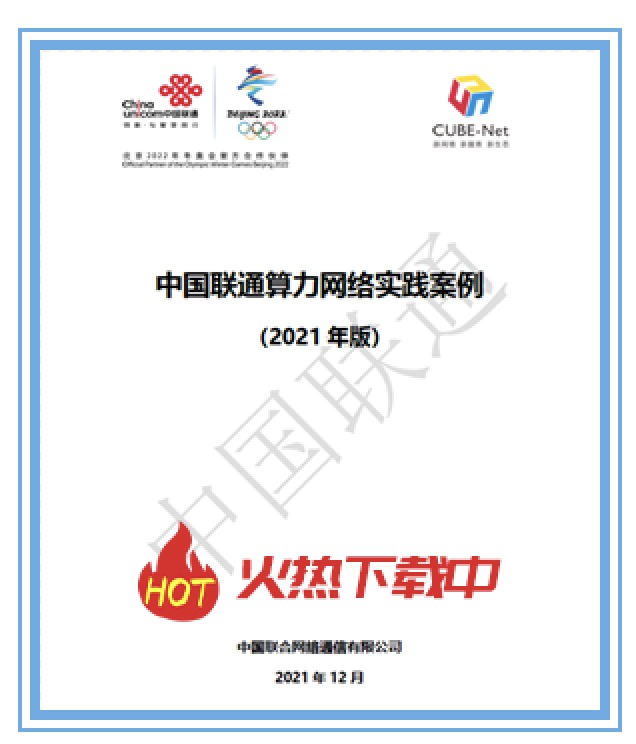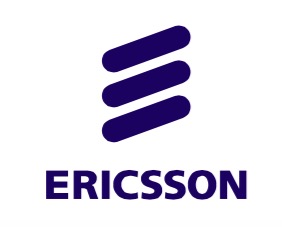This year’s key infrastructure theme is the move towards far smaller cells for LTE, and the deconstruction of the RAN. Alcatel-Lucent stole the thunder at Mobile World Congress last month with its lightRadio launch, while Nokia Siemens has now detailed its own response, Liquid Radio. Both address the trends to small cells, integrated radio/antenna units and virtualized baseband processing. Yet their vision is not being met with excitement in all quarters.
Huawei and Ericsson have not yet unveiled such advanced roadmaps, so it is predictable that they would dismiss the ALU and NSN platforms as “concepts”, and push less radical small cell solutions that can be deployed now. But their concerns are echoed by some carriers too, notably Sprint’s SVP Bob Azzi and Verizon’s CTO Tony Melone, both speaking on a panel at last week’s CTIA Wireless show. They agreed that the ‘lightweight radio’ idea was interesting but, at this stage, overhyped, especially the notion that cell towers might be made redundant any time soon. "It will evolve, but I don't see it as transformational. I see it as evolutionary," Melone said. And while his counterpart at AT&T, John Donovan, praised the concept of a centralized ‘Cloud RAN’, he said the technology was not ready yet. “I don't have any of them in my plan for this year. I'm not retiring cell towers," he said.
Nonetheless, the cloud RAN idea is being embraced more enthusiastically by some major carriers such as Orange and China Mobile, and so far the new 4G network is being driven strongly by ALU and NSN, both of which badly need to make up ground on Ericsson’s leadership and Huawei’s rapid expansion. While lightRadio was the most prominent infrastructure launch of Mobile World Congress, Nokia Siemens will hope to win the same prize at CTIA, where it has officially unveiled Liquid Radio. Like ALU, it is showing a new architecture that deconstructs the traditional access network, distributing the base station’s functions around the network for more efficient use of resources.
NSN did offer a few details of Liquid Radio in Barcelona, mainly to respond to ALU’s high profile launch, but it will now bring its new system into the light of day. It is not as cloud-oriented as lightRadio, at least in the first stages – and ALU itself admits its full vision will rely on ubiquitous fiber. In the meantime, the main aim is to create a more distributed and flexible network that can increase capacity and rebalance it according to user demand. This is what Liquid Radio claims, distributing the baseband processing among several cell sites with a technique called baseband pooling. This allows capacity to be shifted flexibly to where it is needed.
Though not exclusively about small cells, Liquid Radio and lightRadio are heavily focused on the trend for carriers to bring base stations closer to the users in order to boost capacity and quality of service. This will involve compact, power efficient picocells and even public access versions of the femtocell designs pioneered inside the home.
The new base station that underpins the Liquid Radio architecture is the Flexi Multiradio 10. This has the radio integrated with the antenna but separated from the baseband, and will allow baseband pools of more than 10Gbps to be shared across 100 cells, says NSN. The base station and remote radio head support GSM, W-CDMA, LTE and LTE-Advanced. The product is based on systems-on-chip from Texas Instruments.













